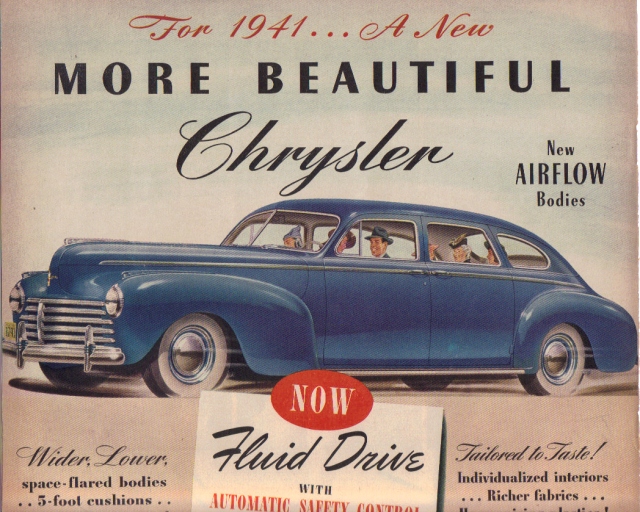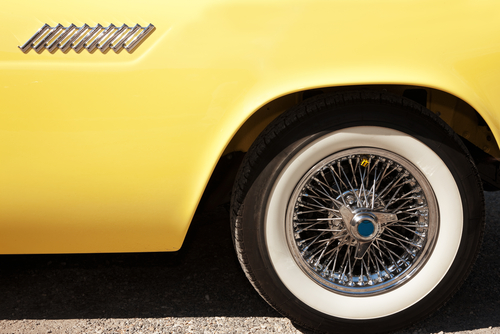Classic Car Insurance: How Chrysler Transformed the Auto Industry
Classic Car Insurance: How Chrysler Transformed the Auto Industry
In the early 1920’s a man named Walter Chrysler teamed up with three ex- Studebaker engineers; Fred Zeder, Owen Skelton, and Carl Breer, to design a revolutionary new car. The defined what the products of the Chrysler brand would be, which was “affordable luxury vehicles”, known for innovative, top-flight engineering.
The first of these vehicles was the 1924 Chrysler Six, an all-new car priced at $1,565 that featured two significant innovations; a light, powerful, high-compression six-cylinder engine, and the first time four-wheel hydraulic brakes were a standard on a passenger car. This well-equipped vehicle also featured aluminum pistons, replaceable oil and air filters, full-pressure lubrication, tubular front axles, shock absorbers, and indirect interior lighting.
This was just the beginning of the innovations we would see in personal vehicles. The Chrysler Corporation has been responsible for many more innovations than one ever expected. Co-founder Carl Breer was constantly seeking out and developing new technologies. In the 1940’s we saw additions such as resistor spark plugs to avoid radio interference, a padded dashboard for fewer injuries in collisions, a splash-proof ignition system, and more.
The 1950’s and 60’s saw even more auto technology introduced by Chrysler. For example, in 1951 Chrysler introduced the first full-time power steering function. GM used one in 1952, however GM’s had no assist until 3 pounds of pressure was applied to the steering wheel. These two decades also saw the first use of modern electronic fuel injections, the first curved side windows, and the introduction of cruise control, all thanks to Chrysler.
The early 70’s is when the electronic age began. In 1973, an electronic ignition became standard in all Chrysler models. Studebaker used electronic ignition before this, however it was only on a single model. Chrysler beat every other automaker by several years in making it standard. The 1970’s and 1980’s models of Chrysler also sported stamped aluminum wheels, standard radial tires on all cars, and a permanent-memory electronic display odometer. The modern cupholder even came from Chrysler, in 1983.
Safety was becoming a bigger priority in the 70’s and 80’s, which Chrysler responded to. The company was the first to include standard driver side airbags in 1988, and then include them on all of their models in 1991. They were also the first to include integrated child restraints in their vehicles, and developed the first minivan with a blind spot monitor. Chrysler continued to make many more advancements through the 90’s that other automakers would quickly follow. Suffice to say, Chrysler was a trendsetter.
Whether you own a classic Chrysler vehicle or any other type of classic or antique car, it’s important to protect it financially with the right type of Classic Car Insurance Coverage. At Condon Skelly, we know how exciting it can be to start a classic car collection. We’ve been helping our customers protect their classics with affordable, industry-leading insurance coverage since 1967. We’re a group of collectors, enthusiasts, and professionals who specialize in insuring all types of collector vehicles. For more information, please contact us today at (866) 291-5694.









